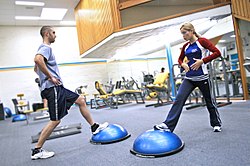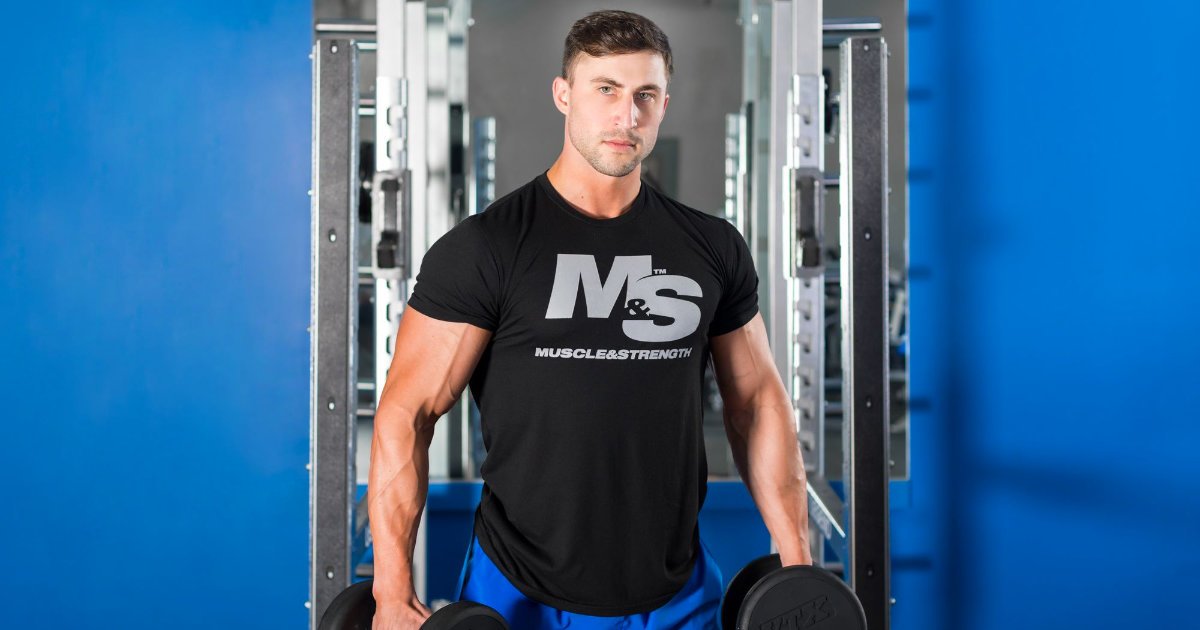
A complete leg workout will include exercises to target different muscles fibers. Some examples of such exercises are the lateral lunge, single leg squat, walking lunge, and glute bridges. Start by bending your knee at the front, putting the weight through the front of your heel and then lowering your back knee. This position places the weight on the heel and ball.
lateral lunge
The lateral lunge can be a great way to strengthen and extend your legs. It can be performed in a variety of ways. To enhance your movement, you can hold on to something to balance yourself.

Single leg squat
A basic leg exercise is single leg squat. A bench can be used to elevate one leg and lower your body, while still holding dumbbells. Maintaining good form and balance is key to the success of this exercise.
Walking lunge
The walking lunge can be a simple exercise, but it will give your legs an excellent workout. It targets the quads, hips, hamstrings, as well as glutes. This whole-body exercise will also strengthen your core. Begin by standing with your feet apart, keeping your hips in line. Grab a dumbbell and/or a barbell. Swivel your torso left to the right and back to the center. Repeat with the opposite leg. Each set should be done two to three times.
Glute bridges
Glute bridges help to activate and stabilize the glutes. This single-leg exercise targets the gluteus maximus as well as the hamstrings, transverse abdominis, and hamstrings. A resistance band can be used to activate the glute medius.
Squats
A complete leg workout that includes squats should always be done at least two times per week. You can maximize the effectiveness and efficiency of your workout by choosing the right weight, performing proper ramp up sets, and using proper weight. To prevent overtraining, warm-ups are essential for every workout.

Leg press
The leg press is an excellent way to increase your strength and size. It can be used to target muscular imbalances or injuries. The traditional leg press involves placing the feet on a platform with the toes facing up. This position targets mainly your quadriceps muscles. Alternate positions include putting your feet farther apart than your hips and pointing your toes 45 degrees outward.
FAQ
Which Is More Important: Exercise, Diet, or Sleep?
This depends on what you're trying to achieve. It is important to lose weight. For building muscle mass, exercise is key. Finally, sleep is the least important factor since it only affects how well you perform during the day.
Exercise can I make my body gain weight?
Not at all. Exercising can help you maintain your current weight. Training regularly can help you build muscles, increase your metabolism, and burn more calories. This means your body won’t store as much weight.
Can exercise help me lose weight?
Yes. Regular exercise can help you shed extra calories and lose weight. Exercise also helps keep your metabolism up, so you continue to burn calories even when you aren't exercising.
Do I need to drink alcohol while working out?
Drinking alcohol is high in calories so it's best to not consume too much while working out. The moderate intake of alcohol (one a day) may improve endurance for workouts. It can also help reduce fatigue and muscle pains caused by intense exercise.
Can I exercise after eating?
It all depends on the type of exercise that you are doing. After meals, avoid strenuous physical activity because it could cause stomach cramps. Instead, focus on light aerobic activities like brisk walking or biking.
Do I need to eat before going to the gym?
No. You don't need to eat anything before working out. But if you're feeling hungry after exercising, you may be tempted to snack on light foods like yogurt or fruit.
How many hours sleep should I get each night?
The amount of sleep that is recommended for each individual depends on their age, gender and needs. Most adults need 7 to 9 hours of sleep per day. Teenagers and children need approximately 10 hours of sleep per day, although this number decreases with age.
Statistics
- In high-income countries, 26% of men and 35% of women were insufficiently physically active, as compared to 12% of men and 24% of women in low-income countries. (who.int)
- Adolescent girls were less active than adolescent boys, with 85% vs. 78% not meeting WHO recommendations of at least 60 minutes of moderate to vigorous intensity physical activity per day. (who.int)
- In 2018, the World Health Assembly agreed on a global target to reduce physical inactivity by 15% by 2030 and align with the Sustainable Development Goals. (who.int)
- Physical activity confers the following maternal and fetal health benefits: a decreased risk of pre-eclampsia, gestational hypertension, gestational diabetes (for example, 30% reduction in risk) (who.int)
External Links
How To
How to keep fit while pregnant
Your body goes through many changes when you get pregnant. Due to the fact that you are having a baby inside of you, your metabolism will slow down. You also eat less. Lack of sleep could make you feel sick. There are many ways to keep your health in check while still enjoying this wonderful time of your life.
Before you start any exercise program, it is important to consult your doctor. They can advise you on which exercises you should avoid, and which ones are safe. You should also eat healthy throughout your pregnancy. This includes eating plenty of protein, fiber, and iron. Third, make sure to drink plenty of fluids. Water is particularly important when exercising, as sweat can lead to a loss of fluids. Don't forget to take care of the feet. Wear shoes that are supportive and dry. Take small bites of toast or crackers if morning sickness is a problem. Otherwise, you could end up feeling nauseous.
-
Take care of your health. A healthy diet will be important throughout your pregnancy.
-
Stay active. Daily exercise of at least 30 mins
-
Keep a healthy weight By eating smaller meals and snacks, you can lose weight.
-
Get enough rest. Each night, aim to get at least 7-9 hours of rest.
-
Manage Stress. Learn relaxation techniques.
-
Avoid Alcohol. It can cause miscarriage as well as birth defects.
-
Be gentle with yourself. Do not try to push yourself too hard.
-
Take Care of You. If you need someone to check in on your wellbeing, it is a good idea.
-
Relax. Do the things that make your heart happy.